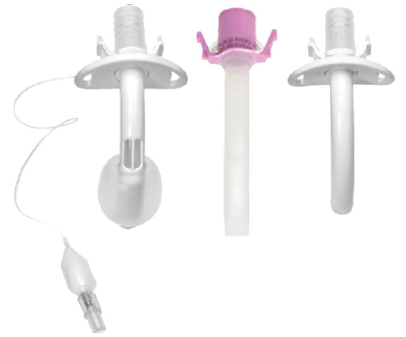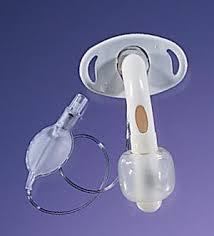The hypothetical question I posed yesterday centered around what to do in a case where a patient is assaulted, sustaining easily survivable injuries, but then dies while being treated in the hospital due to a medical error. The police will escalate the criminal charge from simple assault to manslaughter, but the death was no longer really a direct result of the assault. Yet the assailant and police don’t really know any better. What to do?
There are many possible answers to this question, and it depends on who is being asked:
- The police / prosecuting attorney will say that it makes little difference. The assailant caused the victim to be injured and admitted to the hospital. Medical errors do occur in any hospital, and the assailant placed the victim in the position where this could occur. They will proceed with prosecuting the assailant on the higher charge.
- The hospital attorney will say that only the family may be informed of the error and resultant death. It is a privacy violation (in the US) to directly report any specific patient information to the police unless allowed by the family.
- The family will inform you that they are hiring an attorney to bring a civil malpractice case against you and the hospital.
- The assailant will say that you damn well better report it, and remind you that he’s facing years in prison if you don’t.
- The trauma professionals involved in the medical error will say that they should notify the police on ethical grounds so that the assailant will know that he was not responsible, and that he should not be punished as severely.
So what’s the right answer? As with any ethical questions in health care, there are only shades of gray. In the US system, the usual answer is to communicate the error to the family only. The justice system will not alter the charges based on the new information, so reporting the police is of no use and violates privacy laws.
Bottom line: In any situation as complex as the one described, proceed with great care. Seek out the advice of your mentors, the ethics committee, and the hospital attorney. One person’s idea of what is ethical may be very different from another’s, and the legal realities may render some of the arguments moot. Hasty and uninformed action without proper due process can have grave consequences for all.




